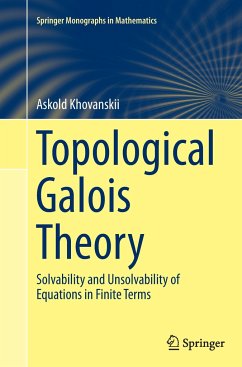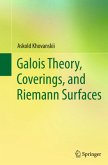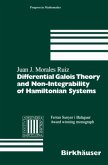This book provides a detailed and largely self-contained description of various classical and new results on solvability and unsolvability of equations in explicit form. In particular, it offers a complete exposition of the relatively new area of topological Galois theory, initiated by the author. Applications of Galois theory to solvability of algebraic equations by radicals, basics of Picard-Vessiot theory, and Liouville's results on the class of functions representable by quadratures are also discussed.
A unique feature of this book is that recent results are presented in the same elementary manner as classical Galois theory, which will make the book useful and interesting to readers with varied backgrounds in mathematics, from undergraduate students to researchers.
In this English-language edition, extra material has been added (Appendices A-D), the last two of which were written jointly with Yura Burda.
A unique feature of this book is that recent results are presented in the same elementary manner as classical Galois theory, which will make the book useful and interesting to readers with varied backgrounds in mathematics, from undergraduate students to researchers.
In this English-language edition, extra material has been added (Appendices A-D), the last two of which were written jointly with Yura Burda.
"This book offers the possibility to learn about the very interesting topological Galois theory, as well as to parallel it with the algebraic and differential Galois theories. It is very well-written and self-contained, making its reading really enjoyable." (Teresa Crespo, zbMATH 1331.12001, 2016)








